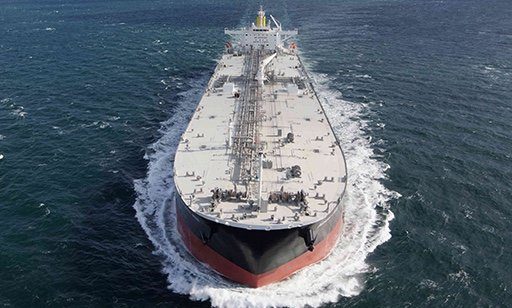As tanker fleet ages, charter rate disparity between modern and vintage units predicted to widen

New analysis from Alphatanker shows that 57% of all tankers above 34,000 dwt are above 10 years of age, a trend researchers say will persist for years to come as owners are hesitant to order new ships given likely impending new green regulations. The implications of this ageing fleet is likely to be reflected in a growing disparity in charter rates between older and more modern tonnage, Alphatanker posits in a new report.
Multiple major charterers and terminals no longer accept tankers above 15 years old, especially west of Suez. Therefore, generally tankers find more opportunities in east of Suez markets after hitting 15 years old. Currently BRS estimates that a suezmax older than 15 years would be chartered with a 2.5 to five Worldscale point discount in west of Suez markets. Meanwhile, a similar discount in east of Suez markets is around five Worldscale points.
“As more and more tonnage passes the 15 years old threshold, it seems likely that owners will have to accept deeper and deeper discounts versus market assessments (which are for modern tonnage) if they want to keep their tankers employed,” Alphatanker predicted in its latest weekly report.
The flip side is that modern tonnage is now commanding a “steeper premium” versus older tonnage, Alphatanker noted, even if this is not reflected in Baltic tanker voyage assessments.
With Alphatanker predicting the tanker sector to to go through an extended downturn over the next 12-18 months, it has warned that as more and more tankers chase less and less cargoes, this will ultimately “turn the screw” on older tonnage, leading to a sizeable demolition rush among the sector’s “old ladies”.
The youngest segment of the tanker fleet, according to BRS data, is the LR2 sector with an average age of 8.3 years old.
